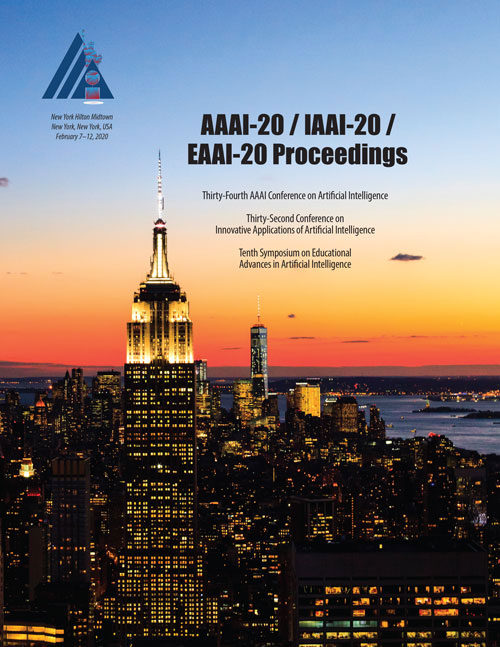Variational Pathway Reasoning for EEG Emotion Recognition
DOI:
https://doi.org/10.1609/aaai.v34i03.5657Abstract
Research on human emotion cognition revealed that connections and pathways exist between spatially-adjacent and functional-related areas during emotion expression (Adolphs 2002a; Bullmore and Sporns 2009). Deeply inspired by this mechanism, we propose a heuristic Variational Pathway Reasoning (VPR) method to deal with EEG-based emotion recognition. We introduce random walk to generate a large number of candidate pathways along electrodes. To encode each pathway, the dynamic sequence model is further used to learn between-electrode dependencies. The encoded pathways around each electrode are aggregated to produce a pseudo maximum-energy pathway, which consists of the most important pair-wise connections. To find those most salient connections, we propose a sparse variational scaling (SVS) module to learn scaling factors of pseudo pathways by using the Bayesian probabilistic process and sparsity constraint, where the former endows good generalization ability while the latter favors adaptive pathway selection. Finally, the salient pathways from those candidates are jointly decided by the pseudo pathways and scaling factors. Extensive experiments on EEG emotion recognition demonstrate that the proposed VPR is superior to those state-of-the-art methods, and could find some interesting pathways w.r.t. different emotions.

